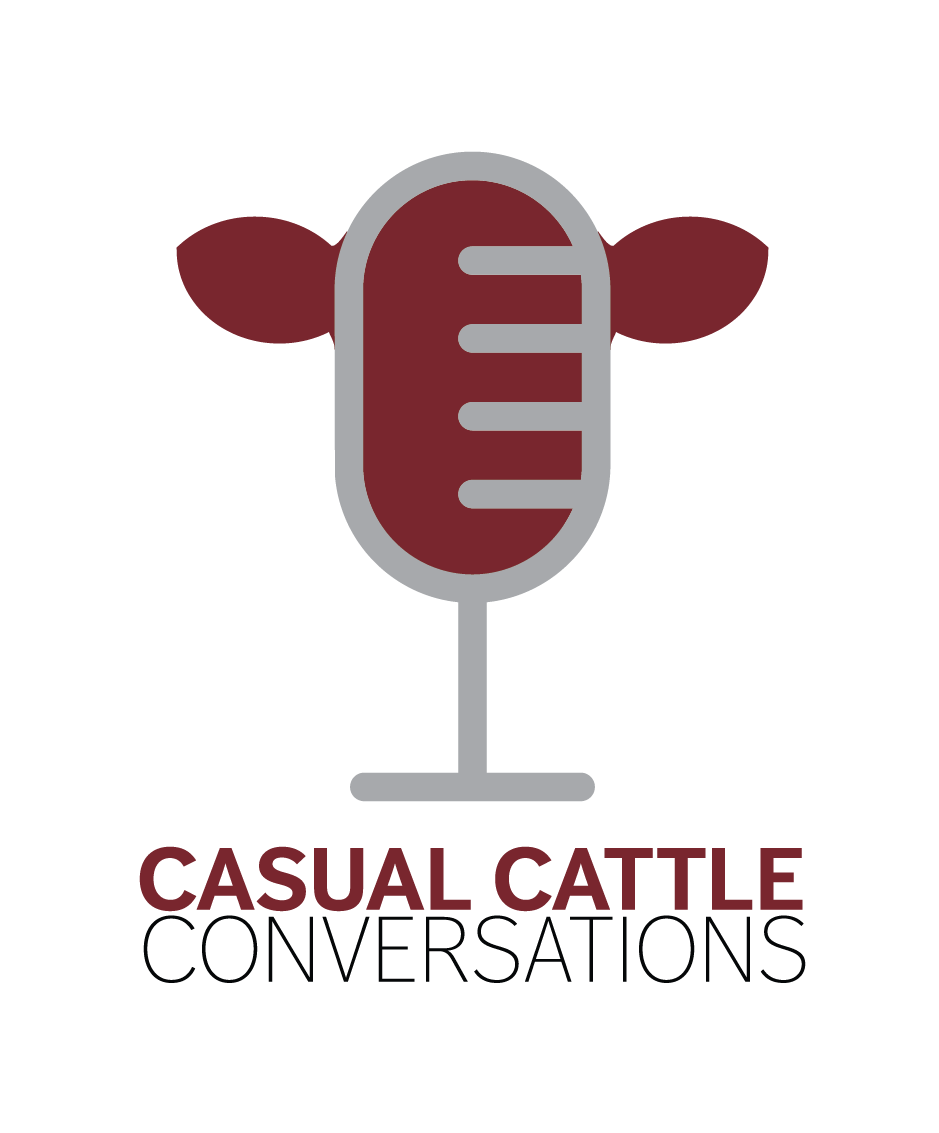Why Ranchers Should Pay Attention to the Organ Meat Trend
Health trends are constantly evolving and in the past, they haven’t always been beneficial to ranchers. However, there is a new trend that helps ranchers market more carcass products and promotes beef as a whole. That trend is eating the whole animal, especially organ meats.
James Barry is a professional chef and the founder of PLUCK – a company that helps consumers reap the health benefits of consuming organ meats simply and tastefully with their food seasoning. He has been consuming organ meats for years but just recently tapped into this health market.
Barry was previously a private chef for Hollywood celebrities, including Tom Cruise. He became versed in following many trendy diets and understanding how to make all foods taste good, but he became passionate about organ meats when his daughters became ill.
“The idea really came to life when my daughters became infected with Shiga-toxin – a form of E. Coli,” says James. His youngest daughter couldn’t eat for days and when she could eat, all she wanted was toast. “I began thinking of ways to sprinkle something onto the butter toast to give her more nutrition, and that’s really where the idea for PLUCK came from,” says Barry.
What’s the true value of eating organs? James says, “We call organ meats nature’s multivitamin.” Organ meats contain all the essential vitamins and micronutrients in balanced and easily absorbable proportions.
“In 2015, 92% of Americans were nutrient deficient and I think those numbers are higher now,” says James. Consumers are turning to organ meats to heal and improve their overall health. “There’s also the idea of like-support-like which is more of an ancestral concept but they’ve even been able to prove it in different experiments.” Essentially, this concept refers to eating animal hearts to improve your own. The same goes for all other organs and glands such as the thyroid and reproductive organs.
It is important for the beef industry to pay attention to this trend and others such as the carnivore diet. “If you can get access to the organs and start making them available to your direct-to-consumer purchasers. I think it would be really smart to try and do that,” says Barry. A quick search for liver capsules on Amazon will show you consumers are willing to pay between forty and twenty dollars per month to take liver capsules. There is a lot of opportunity for beef producers if they can address a few challenges around organ meats.
“When you are working with organs, you are solving three main hurdles. You need to make them taste good. You need to teach people how to cook them. And, you need to be able to source them,” says James.
Organ meats have an umami flavor which allows them to complement other flavors in the meal. James encourages consumers to start small with organ meats and their bodies will acclimate to the flavor. This can look like having your processor mix small amounts into your ground beef so the taste and texture don’t change or keeping the organs frozen and grating them into casseroles, meat sauces or other dishes in small doses. Dehydrating or freeze-drying and encapsulating is also another method of processing these meats for consumption.
For ranchers to source these organs, their processors must account for them in the facilities’ HACCP plans This is one hurdle that is particularly challenging for the PLUCK business.
He says, “It’s frustrating to me that I have to go around the world to get these products when there are so many wonderful ranchers in the United States. We have to change the supply chain.” James would prefer to source from the United States but it is challenging for him to find facilities that can sell and process organ meats efficiently. He tried this for a year and there were too many touch points in the process to be profitable.
Barry says, “If you looked at any other industry and heard they were only using 50% of their resources, you would say it doesn’t make sense. Yet, that’s what is happening for many ranchers.”
The health trend of eating whole animal and incorporating organs into diets again holds a wealth of opportunities for those who want to tap into the market. James says, “What I really want to do is connect the ranchers, processors and entrepreneurs who share this vision.” It’s not a market ranchers need to navigate alone. There are other people and business looking to collaborate and connect with others in this space.
Even if cattle producers don’t want to tap into the market, it is a great opportunity to continue promoting beef and addressing consumer concerns about livestock production, the nutritional benefits of meat consumption and sustainability.
“There is a lot of greenwashing going on, but one of the most planetary things we can do is eat the whole animal,” says Barry.
You can listen to the full conversation on the Casual Cattle Conversations podcast or try PLUCK for yourself at eatpluck.com and use the code SHAYEWANNER at checkout.

